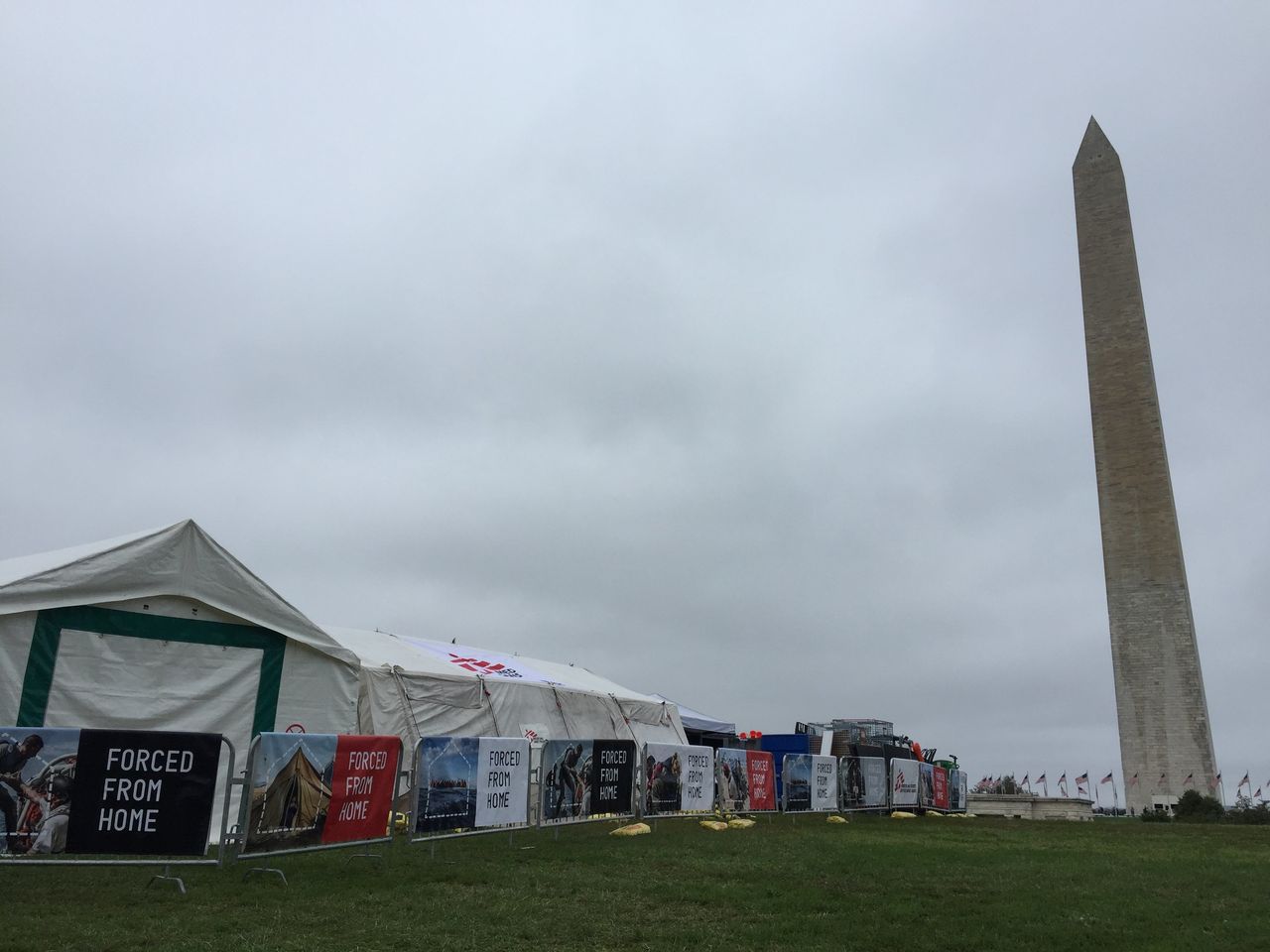WASHINGTON ― Africa Stewart, an obstetrician and gynecologist who grew up in the U.S., had never crossed an ocean before her first assignment with Doctors Without Borders.
In 2011, the medical charity posted her in Sudan, just as the country was fracturing into two: the rump state of Sudan itself, and the newly independent South Sudan, the world’s youngest country. All of a sudden, Stewart was meeting people who had to make journeys far from their home, with little hope for a quick return.
One encounter stood out, she told The Huffington Post this past weekend. She met a South Sudanese woman who had walked for days with her husband and small children to a hospital in northern Sudan. Six months pregnant, the woman had been told by a midwife that her unborn child had an abnormality. Stewart confirmed the diagnosis. The child, she told the woman, wouldn’t make it.
But the couple smiled.
“It never occurred to me that the ability to deliver a child and bury a child in free soil would be joyful,” Stewart said. “They were happy to hear that their journey was not in vain.”
Doctors Without Borders, also known as Médecins Sans Frontières, is still serving people in Sudan, as well as providing humanitarian assistance to victims of the most brutal conflicts around the world, in Syria, Yemen, Afghanistan and elsewhere.
Now the group wants more people to gain something like the experience Stewart and other MSF staff members have when they see the realities of these wars firsthand. On Saturday, MSF inaugurated a nearly 10,000-square-foot mock refugee camp on the National Mall.
At a time when refugees are a big part of the U.S. political conversation and their number worldwide continues to grow, MSF wants to build compassion, according to Stewart, who is one of the tour guides in the camp.
Take a look at the kinds of facilities refugees now call home ― or even go experience it in person, before the exhibit closes on Sunday, Oct. 9.
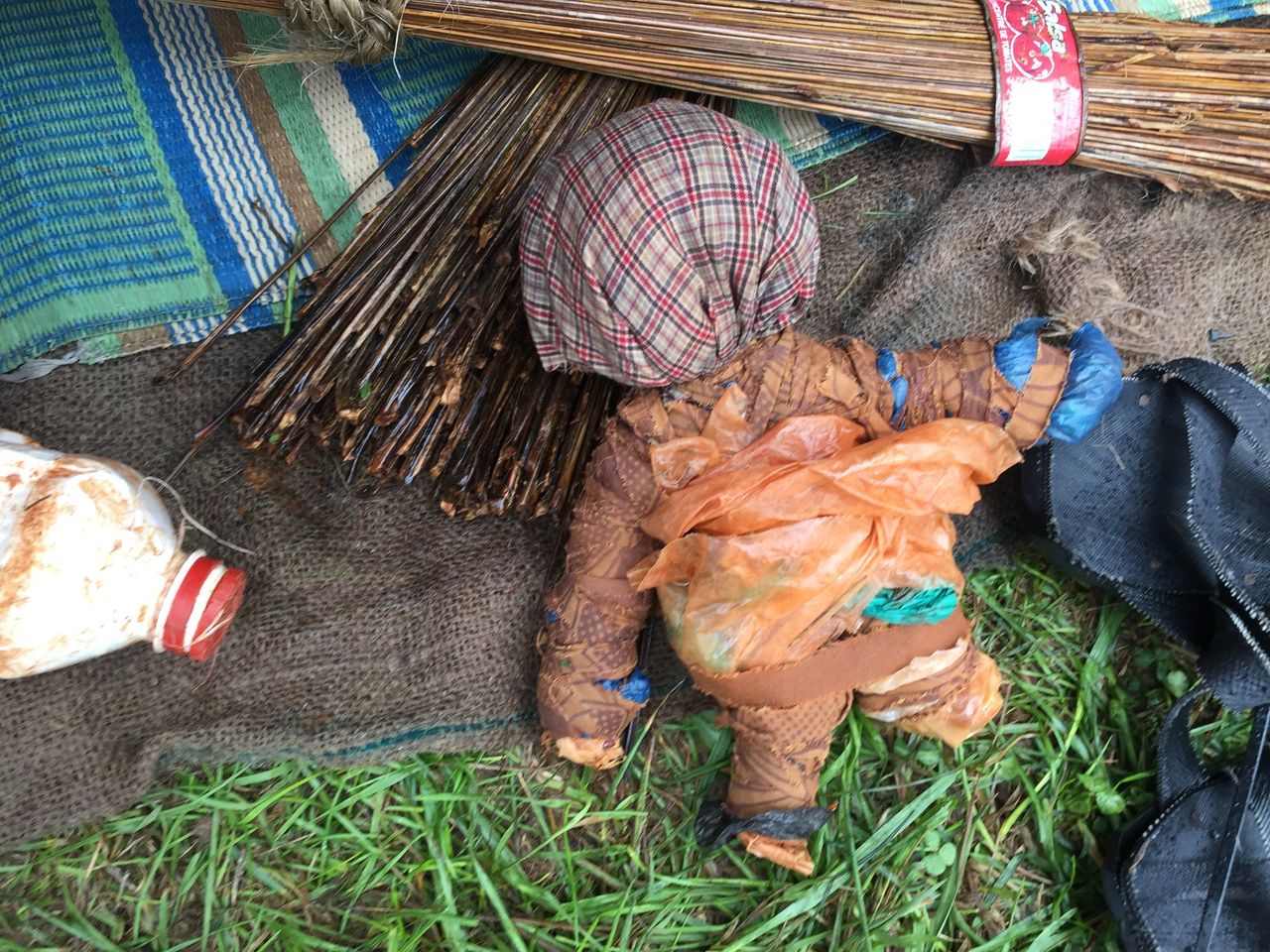
A doll made of plastic bags and cloth sits inside a mock-up of a Somalian refugee tent.
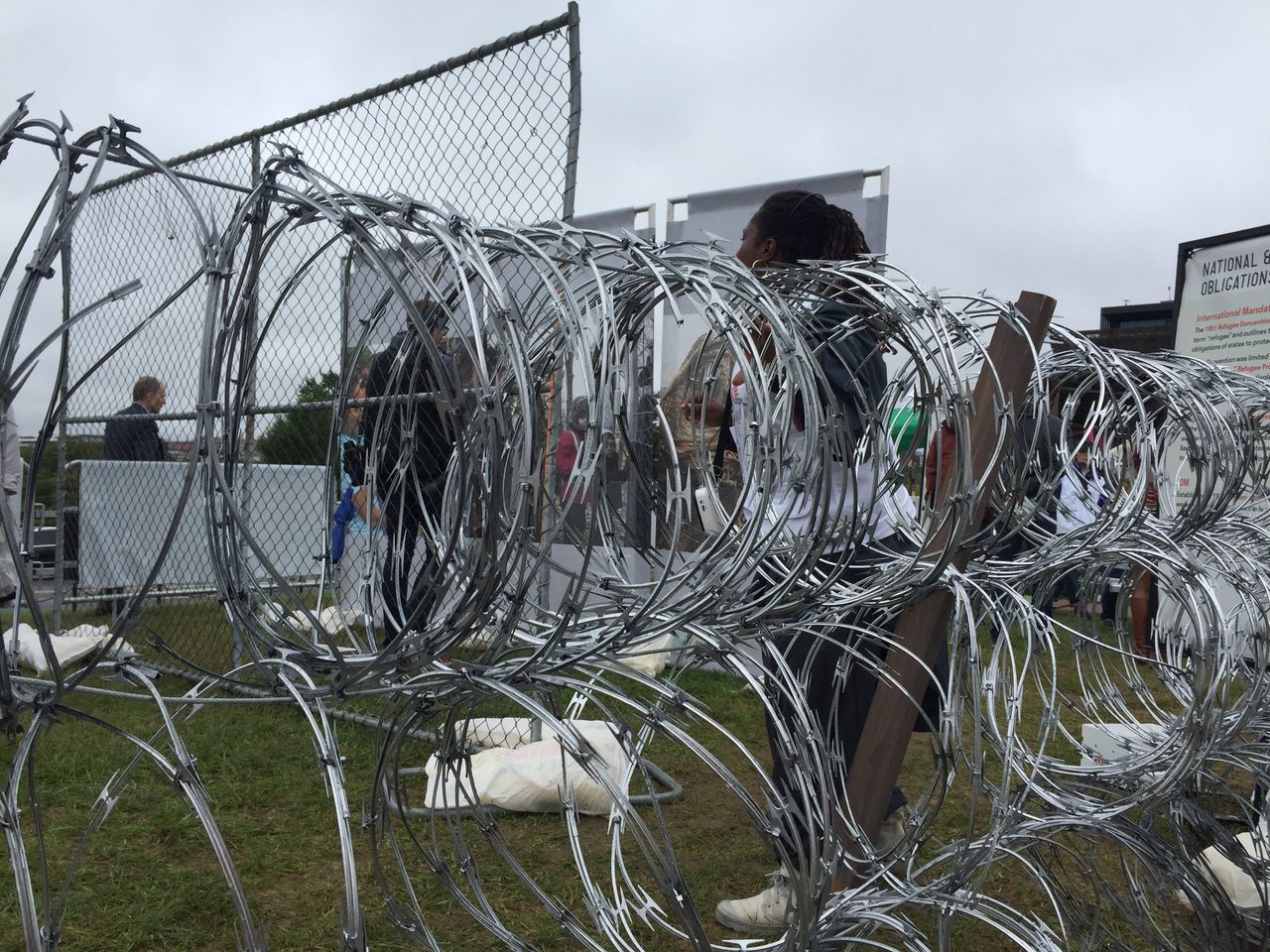
Faux razor wire separates parts of the camp.
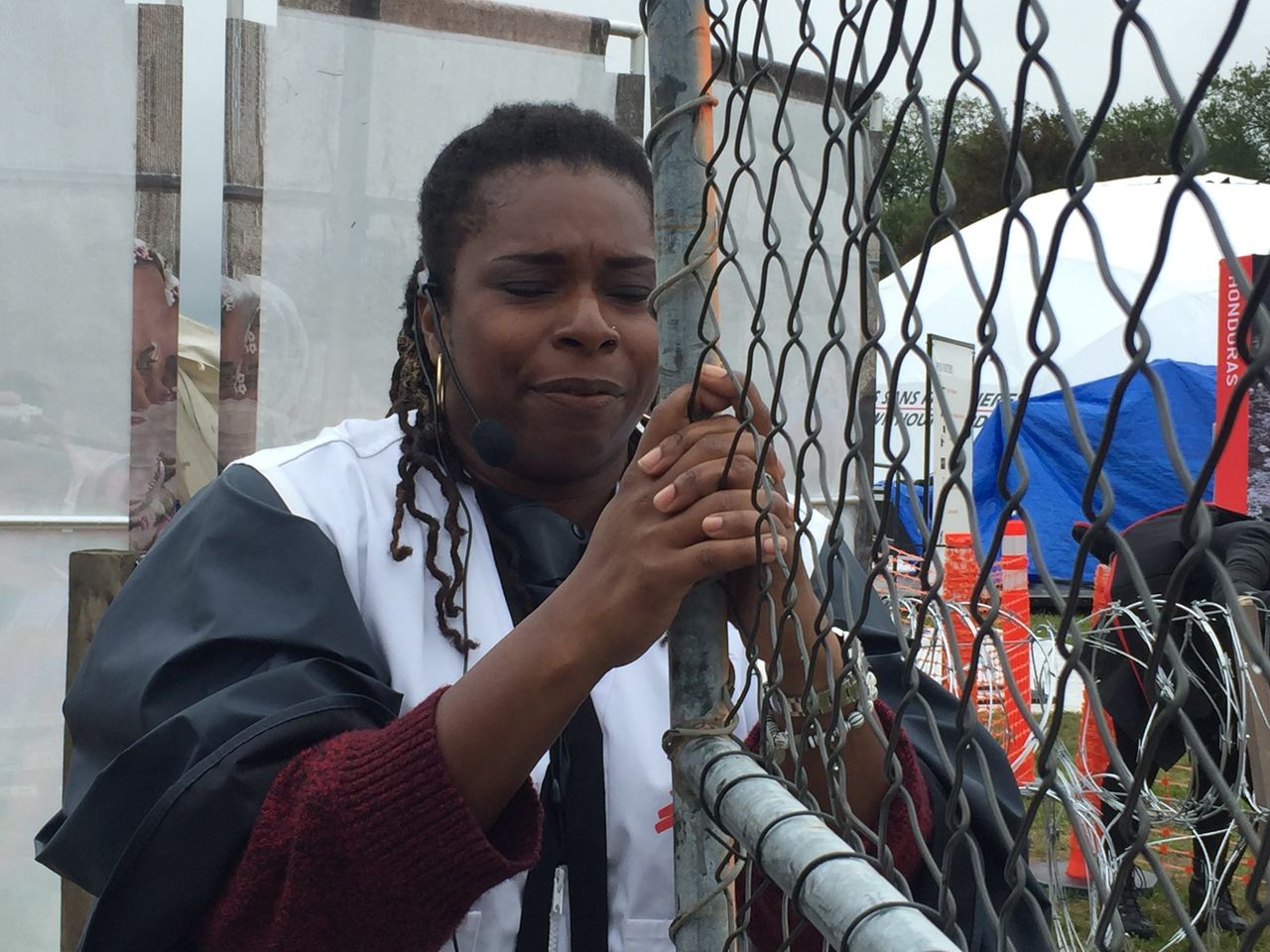
Dr. Africa Stewart, one of the guides at the camp.
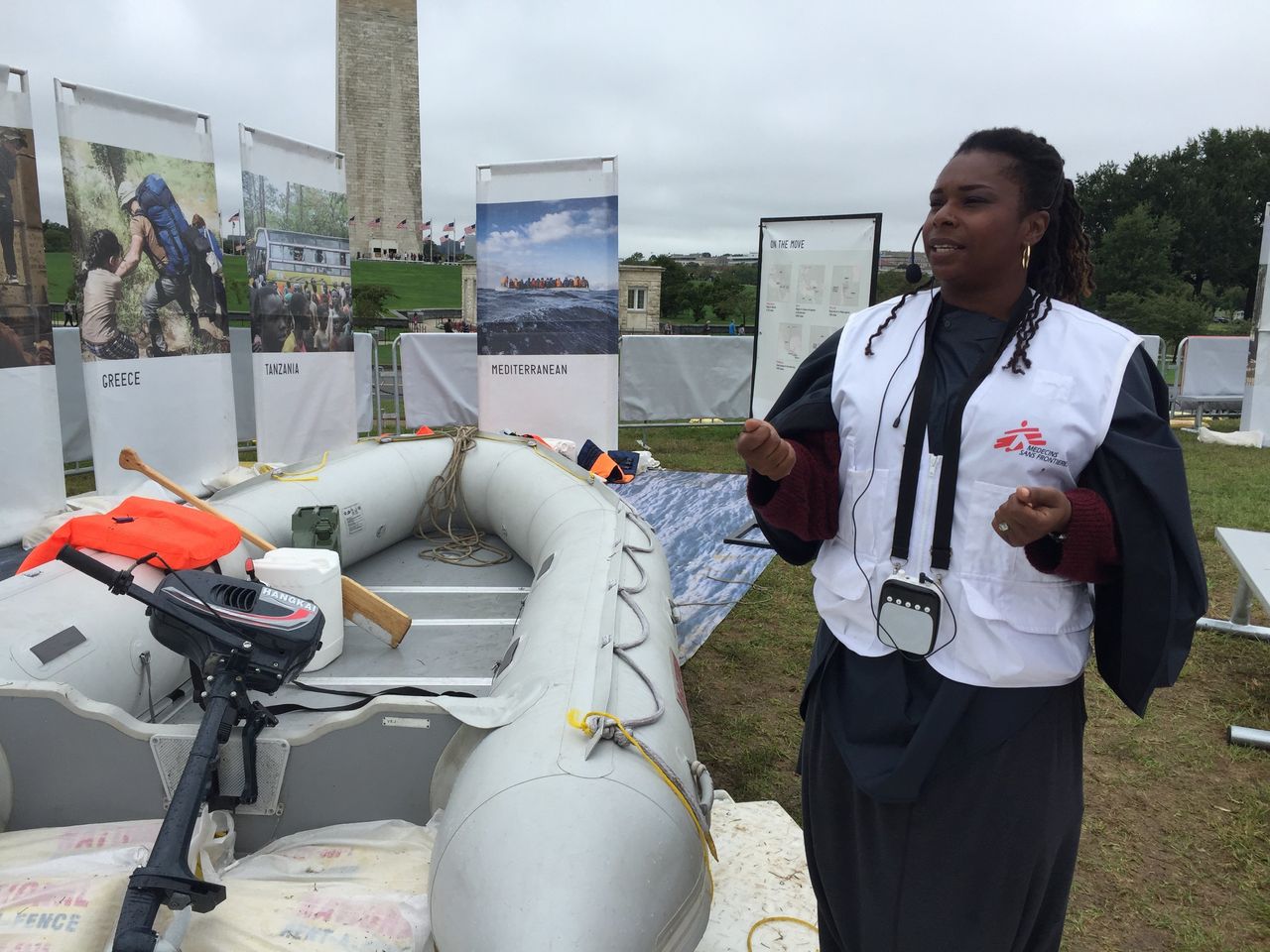
Stewart with an eight-person raft at the exhibit. Many refugees have used the boats to flee their countries. “What we’re seeing is these boats are packed to the gills,” Stewart said. “Some of them are wearing life jackets, some of them aren’t.”
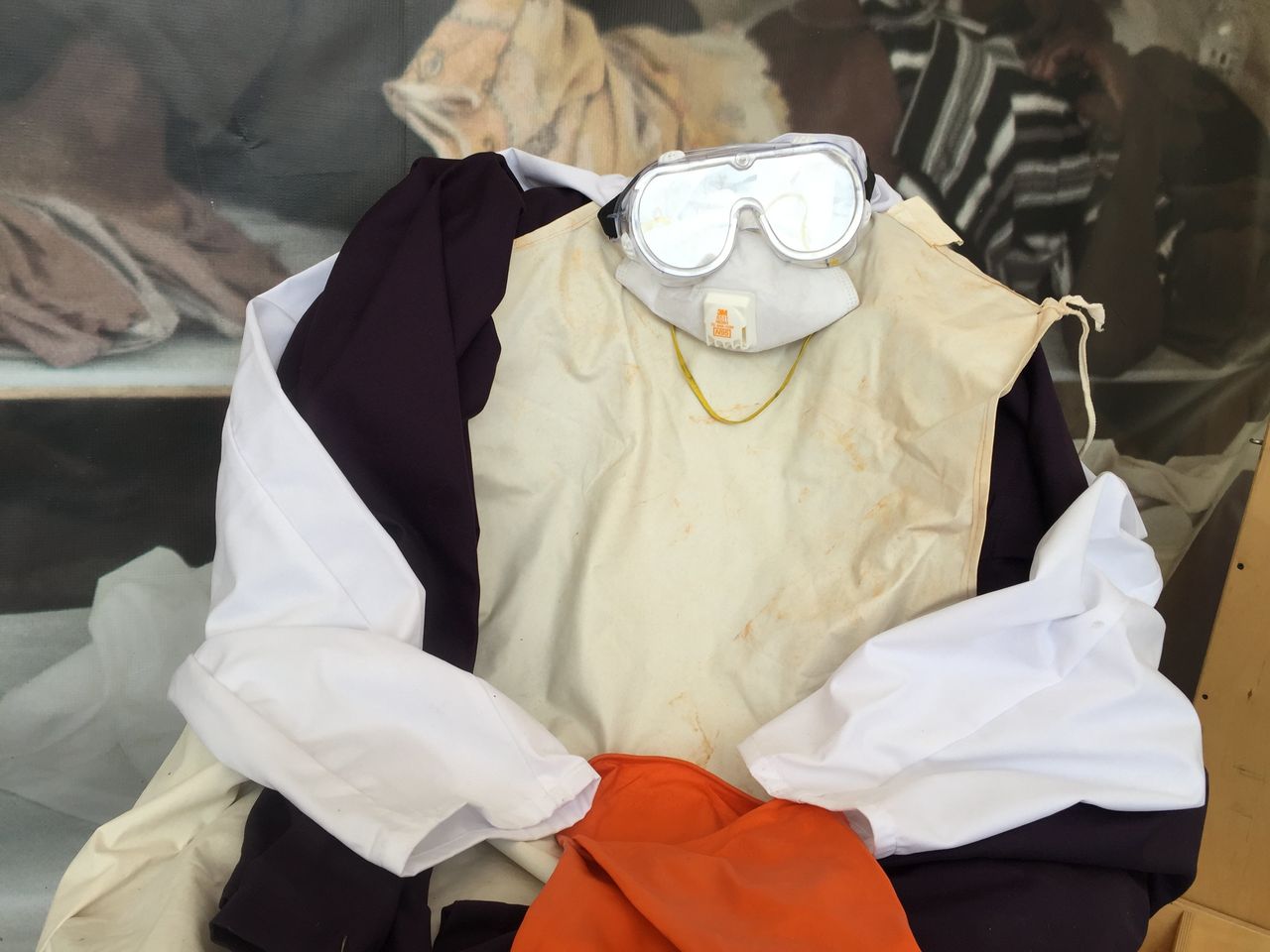
Medical gear worn by doctors and nurses in cholera tents to maintain sanitary conditions and avoid infection.
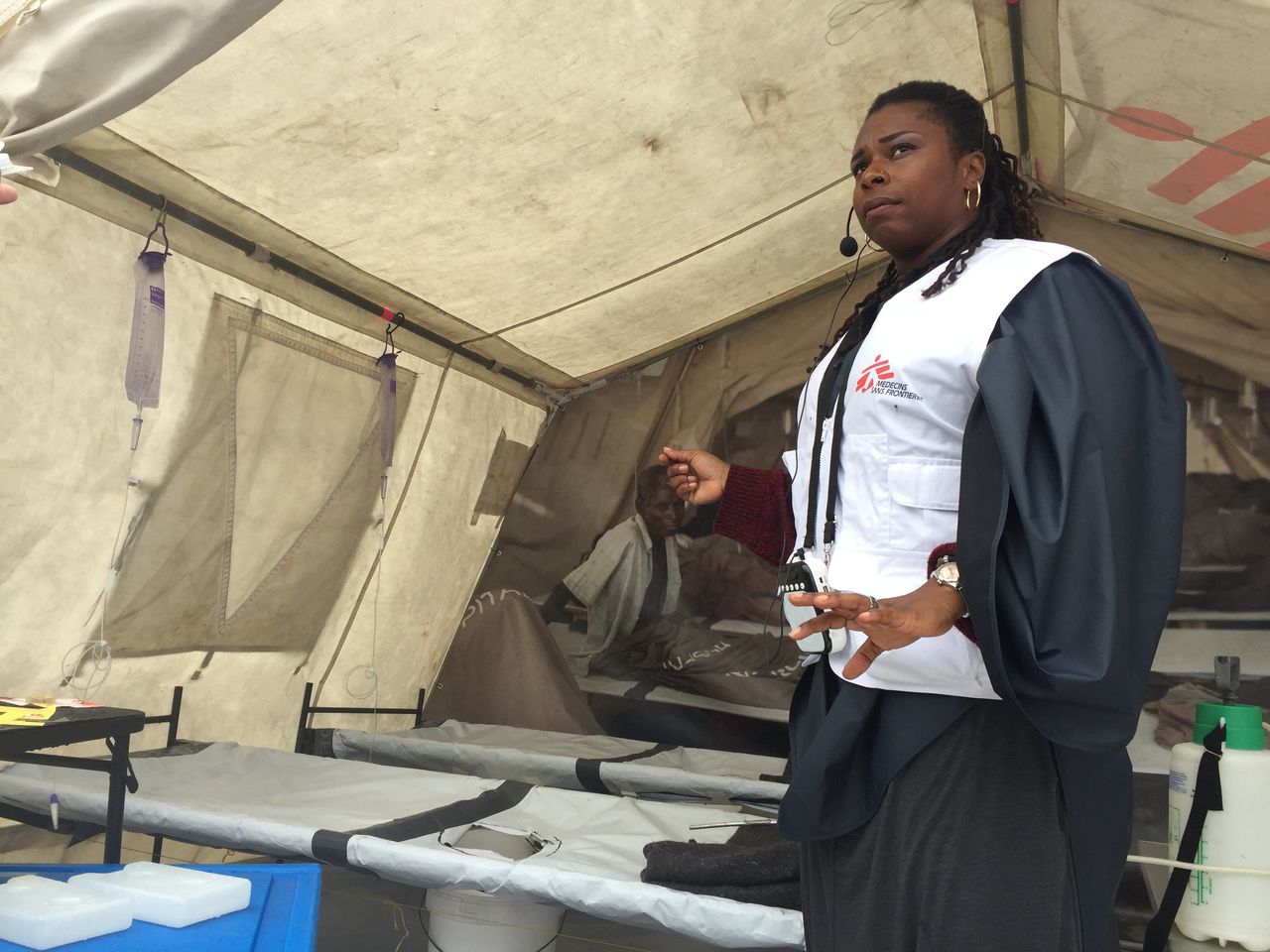
Inside a faux cholera tent, where patients severely infected with the illness are taken for urgent treatment.
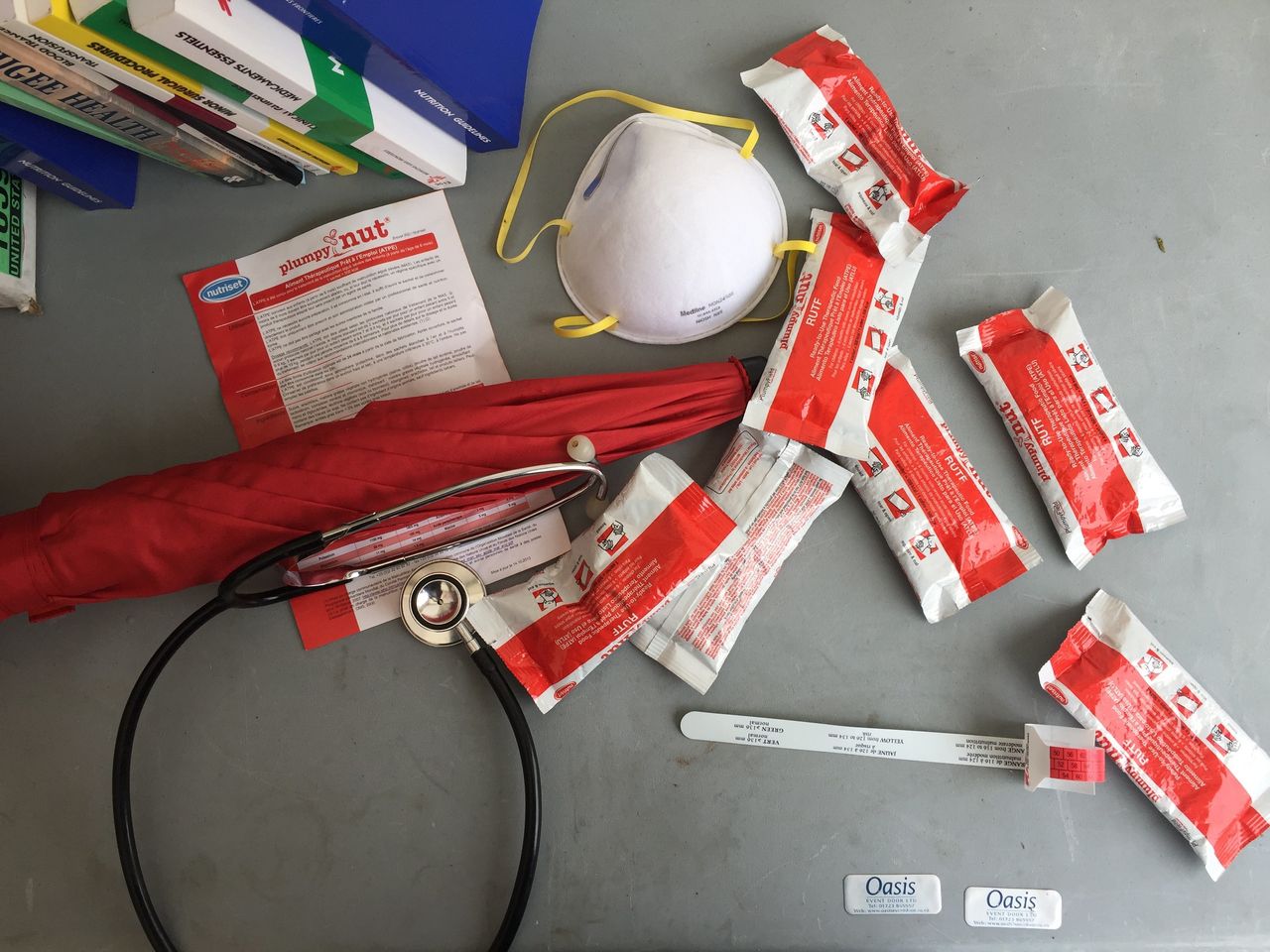
Medical equipment used to diagnose and treat malnutrition, particularly in children.
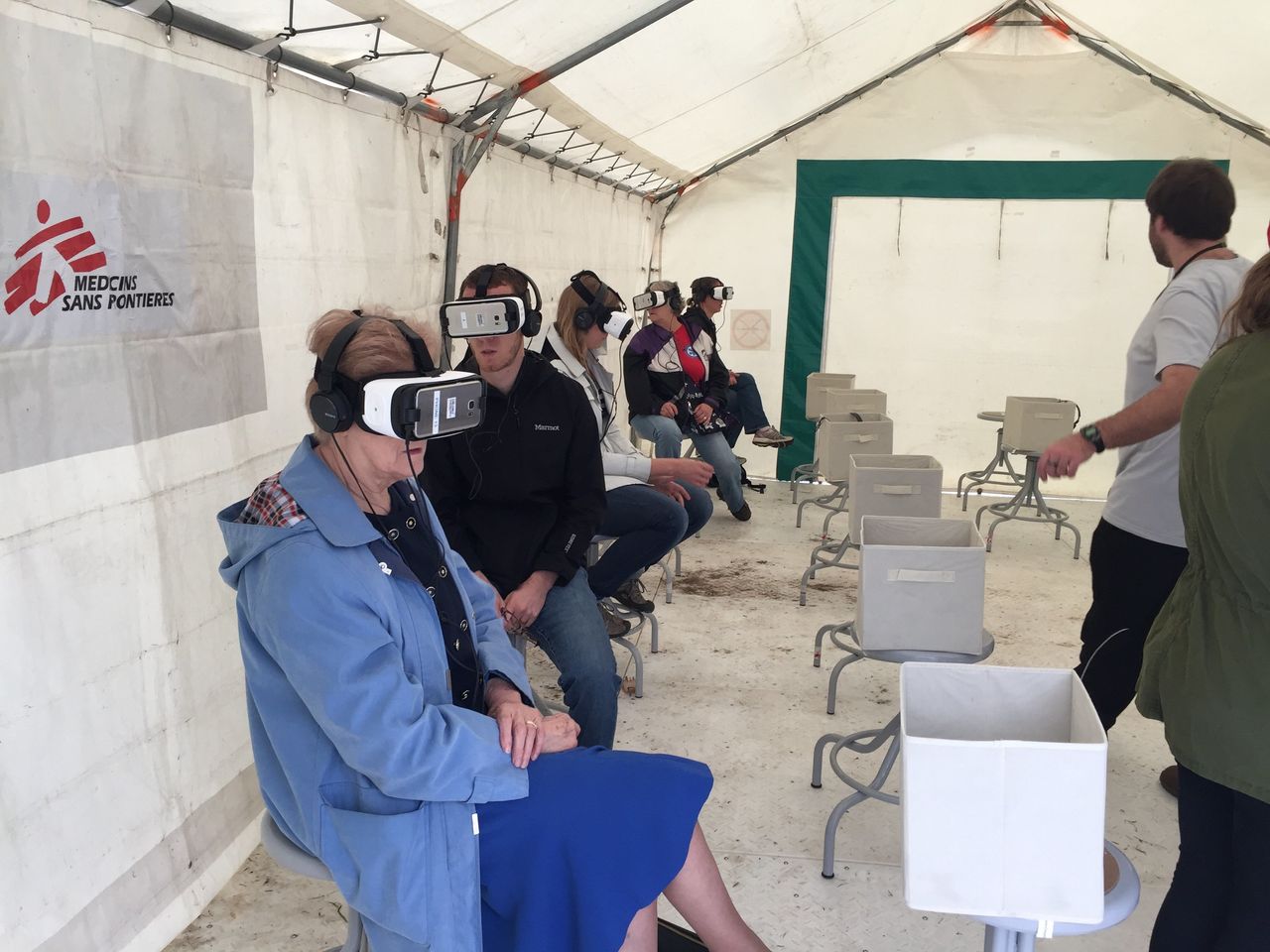
Visitors at the exhibit watch virtual reality films of refugee life around the world.
